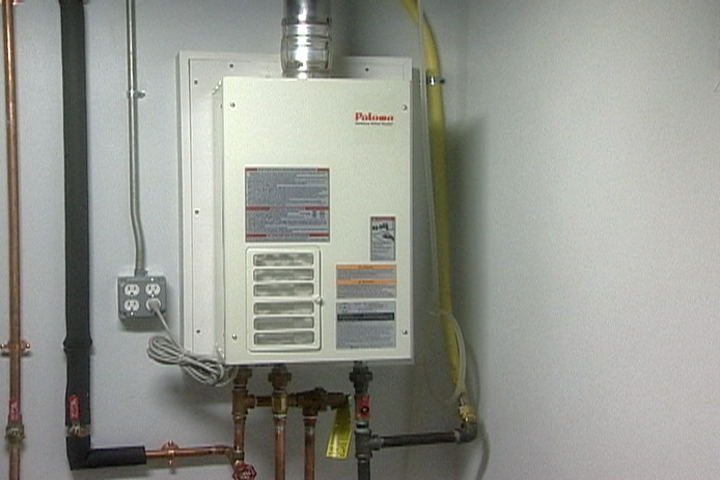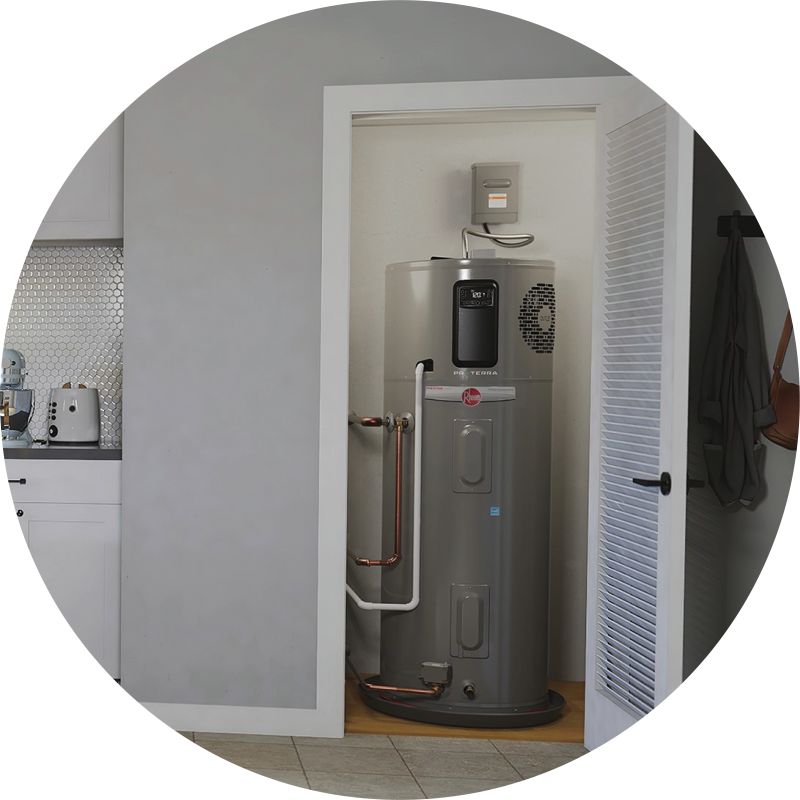How to Maintain Your Home's Hot Water System Properly
ViewWhat're your beliefs about How to Maintain a Hot Water Heater in a Few Simple Steps?

Hot water is necessary for everyday comfort, whether it's for a revitalizing shower or cleaning dishes. To guarantee your warm water system runs successfully and lasts longer, regular upkeep is essential. This article gives functional suggestions and insights on just how to preserve your home's hot water system to stay clear of interruptions and pricey repair services.
Introduction
Maintaining your home's warm water system might appear difficult, but with a couple of simple steps, you can guarantee it operates efficiently for many years ahead. This guide covers every little thing from recognizing your hot water system to do it yourself maintenance pointers and knowing when to call expert aid.
Value of Maintaining Your Warm Water System
Regular maintenance not just extends the life-span of your warm water system but additionally ensures it runs efficiently. Overlooking maintenance can cause lowered effectiveness, greater power bills, and even early failure of the system.
Indicators Your Warm Water System Needs Maintenance
Recognizing when your hot water system needs interest can avoid significant concerns. Look out for indications such as irregular water temperature level, strange sounds from the heating system, or rusty water.
Comprehending Your Warm Water System
Prior to diving into maintenance tasks, it's helpful to understand the fundamental parts of your warm water system. Generally, this includes the water heater itself, pipelines, anode rods, and temperature controls.
Regular Monthly Maintenance Tasks
Routine month-to-month checks can aid capture minor concerns before they intensify.
Purging the Hot Water Heater
Purging your hot water heater gets rid of sediment accumulation, enhancing performance and lengthening its life.
Monitoring and Changing Anode Rods
Anode poles stop rust inside the container. Evaluating and changing them when broken is crucial.
Examining and Changing Temperature Level Setups
Changing the temperature level settings makes sure ideal efficiency and security.
Do It Yourself Tips for Upkeep
You can do numerous upkeep tasks yourself to keep your hot water system in leading problem.
Looking for Leakages
On a regular basis evaluate pipelines and connections for leakages, as these can cause water damage and greater costs.
Checking Pressure Relief Valves
Testing the pressure safety valve ensures it functions properly and protects against too much pressure buildup.
Insulating Pipelines
Shielding warm water pipes reduces warmth loss and can save energy.
When to Call a Specialist
While do it yourself maintenance is advantageous, some issues call for expert know-how.
Complicated Issues Calling For Specialist Assistance
Examples consist of major leaks, electrical troubles, or if your water heater is consistently underperforming.
Regular Expert Maintenance Perks
Expert maintenance can consist of extensive inspections, tune-ups, and making sure compliance with safety and security criteria.
Final thought
Regular upkeep of your home's hot water system is crucial for effectiveness, long life, and expense savings. By following these ideas and knowing when to look for professional assistance, you can ensure a reliable supply of warm water without unanticipated disruptions.
How to Maintain an Instant Hot Water Heater
Before tinkering with your hot water heater, make sure that it’s not powered on. You also have to turn off the main circuit breaker and shut off the main gas line to prevent accidents. Also turn off the water valves connected to your unit to prevent water from flowing into and out of the appliance. 2. When you’re done, you have to detach the purge valves’ caps. These look like the letter “T†and are situated on either side of the water valves. Doing so will release any pressure that has accumulated inside the valves while at the same time avoid hot water from shooting out and burning your skin. 3. When the purge valves’ caps are removed, you have to connect your hosing lines to the valves. Your unit should have come with three hoses but if it didn’t, you can purchase these things from any hardware or home repair shops. You can also get them from retail stores that sell water heating systems. Read the user’s manual and follow it to complete this task properly. When the hosing lines are connected, open the purge port’s valves. 4. You should never use harsh chemical cleaners or solutions when cleaning your unit. Make use of white vinegar instead. It should be undiluted and you’ll probably use about 2 gallons. 5. Now flush your water heater. This task should probably take about 40 minutes. We can’t give you specific directions for this because the procedure is carried out depending on the type, model and brand of your heater. With that being said, refer to the user’s manual. 6. When you’re done draining the unit, you have to turn off the purge port valves again. Remove the hosing lines that you earlier installed on each of the water valves. Put the valve caps (purge port) back in their respective places and be very careful so as not to damage the rubber discs that are found inside these caps. 7. Now that everything’s back in place, check your user’s manual again to find out how to reactivate your water heating system. 8. Once it is working, turn one of your hot water faucets on just to let air pass through the heater’s water supply pipes. Leave the tap on until water flows smoothly out of it. https://www.orrplumbing.com/blog/2014/september/how-to-maintain-an-instant-hot-water-heater/

We had been made aware of that write-up about Tips on Maintaining a Water Heater through an acquaintance on a different website. For those who liked our page if you please remember to pass it around. I value reading our article about How to Maintain Your Water Heater & Prolong its Life.
This Site